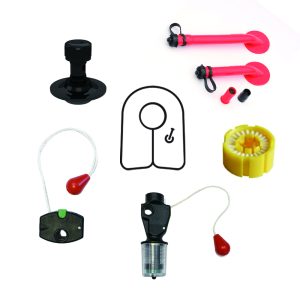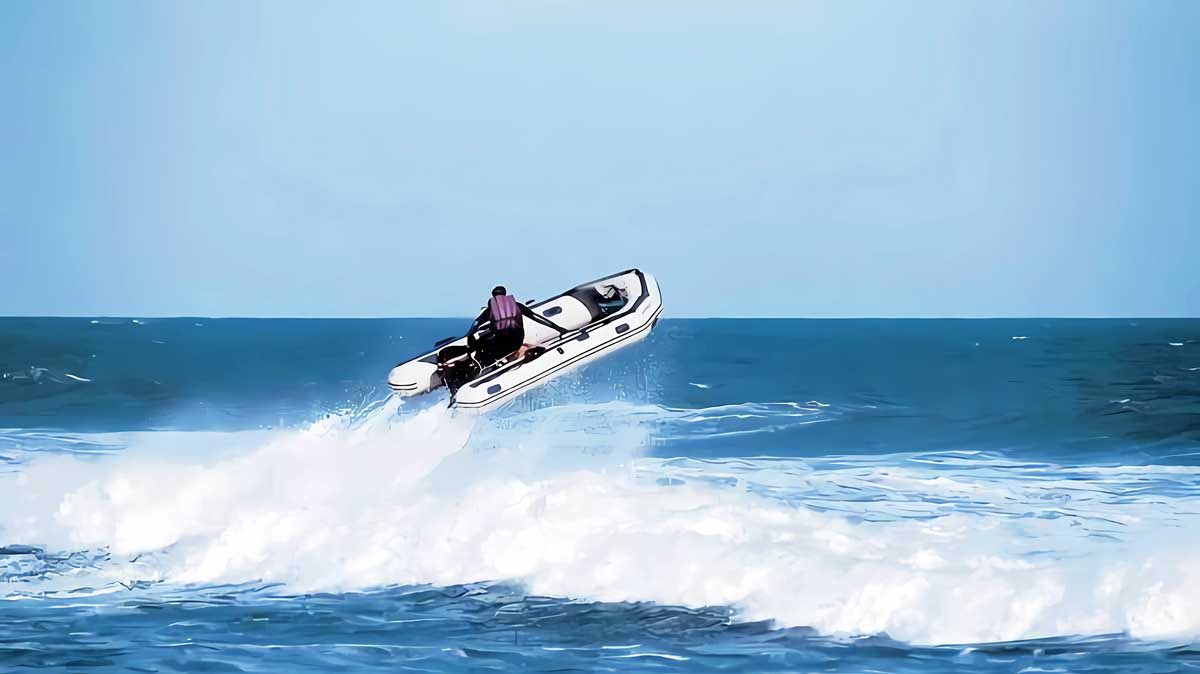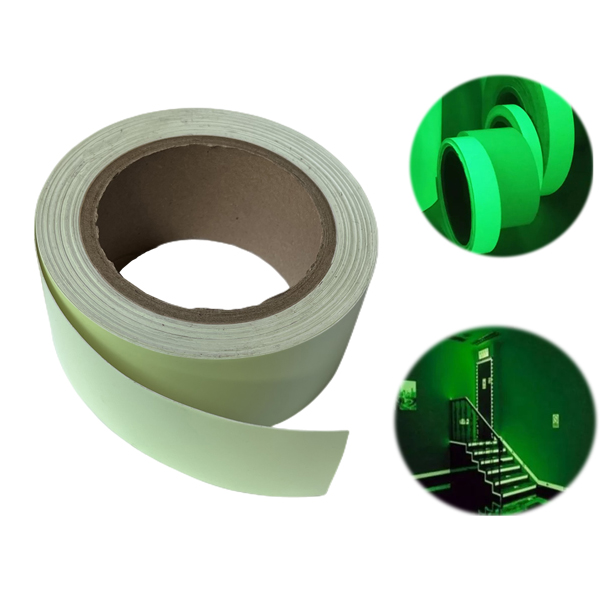Sub Title: Crafting an Inflatable Lifejacket: From Design to Certification
In the vast expanse of the ocean, safety is paramount. Given that, whether you’re a seasoned sailor or an occasional adventurer, having reliable safety equipment is crucial. Among the many tools in the maritime safety arsenal, the inflatable lifejacket stands out as a beacon of innovation and effectiveness. In this guide, we’ll walk you through the meticulous process of producing an inflatable lifejacket. Adhering to the rigorous standards set forth by the International Maritime Organization’s Safety of Life at Sea (SOLAS) guidelines.
Designing Under IMO SOLAS Standards
The journey of crafting an inflatable lifejacket begins with design. Under the watchful eye of the IMO SOLAS standards, which are internationally recognized as the benchmark for maritime safety, every aspect of the lifejacket’s design must be meticulously planned. From the buoyancy requirements to the material durability, every detail is scrutinized to ensure optimal performance in the most challenging of situations.
At first, Design engineers work tirelessly to balance functionality with comfort. Which means creating a life-saving device that is both effective and user-friendly. Advanced CAD software helps bring these designs to life, allowing for precise modeling and simulation to optimize performance.
Producing Trial Orders to Test Under Regulations
Once the design phase is complete, it’s time to bring the inflatable lifejacket into the physical realm. Trial orders are produced in limited quantities, allowing for rigorous testing under real-world conditions. Each lifejacket undergoes meticulous scrutiny, with tests ranging from buoyancy and inflation time to durability and comfort.
These trials serve as a crucial step in the refinement process, allowing engineers to identify any weaknesses or areas for improvement. Feedback from testers, which can include maritime professionals and safety experts. Which is carefully considered to ensure that the final product meets or exceeds regulatory standards.
Seeking Type Approval from Official Classification Societies
With successful trials under their belt, the next step is to seek type approval from an official classification society. These organizations, such as Lloyd’s Register or DNV, are tasked with evaluating the safety and quality of maritime equipment. Type approval is granted only to products that meet the stringent criteria set forth by regulatory bodies like the IMO.
Obtaining type approval is no small feat. It requires comprehensive documentation, including detailed design specifications, test results, and manufacturing processes. Additionally, Inspections may be conducted to verify compliance, and any discrepancies must be addressed before approval can be granted.
Partnering with Oatdoor Sports Company: A Cost-Effective Solution
To ensure compliance with the latest ISO12402 standards and SOLAS regulations, manufacturers can partner with Oatdoor Sports Company. Oatdoor Sports specializes in supplying a range of regulation-compliant parts for inflatable lifejacket suppliers. Which including Automatic Inflation Systems, Manual Inflator, Water-activated Bobbins (Capsules), Valves, Valve Tubes, and more.

These parts are meticulously designed and manufactured to meet the strict requirements of ISO12402-7 and 4.11, ensuring that lifejackets made with them can confidently pass ISO12402 and SOLAS inspections. By offering cost-effective and worry-free SKD (Semi Knocked Down) solutions for life vest makers. Oatdoor Sports Company streamlines the production process, allowing manufacturers to focus on delivering high-quality, regulation-compliant lifejackets to the market.
Massive Production After Approval
With Oatdoor Sports Company’s regulation-compliant parts in hand, manufacturers can confidently move forward with mass production. State-of-the-art facilities and advanced manufacturing techniques ensure consistency and quality across every unit produced. From assembly lines to quality control checkpoints, every step of the production process is carefully monitored to maintain the highest standards.
Batch testing ensures that each batch of lifejackets meets or exceeds regulatory requirements before being released to the market. Thanks to the collaboration of engineers, testers, regulators, and manufacturers, sailors can trust in the reliability and effectiveness of their inflatable lifejackets, even in the most challenging of conditions.
Conclusion
Crafting an inflatable lifejacket that meets IMO SOLAS standards is a complex and demanding process, but one that is essential for ensuring the safety of maritime personnel worldwide. From initial design to mass production, every step is guided by a commitment to excellence and a dedication to saving lives at sea. With the support of partners like Oatdoor Sports Company, manufacturers can navigate the regulatory landscape with confidence, delivering life-saving equipment that meets the highest standards of safety and reliability.




1 thought on “How to produce an Inflatable Lifejacket”
Good